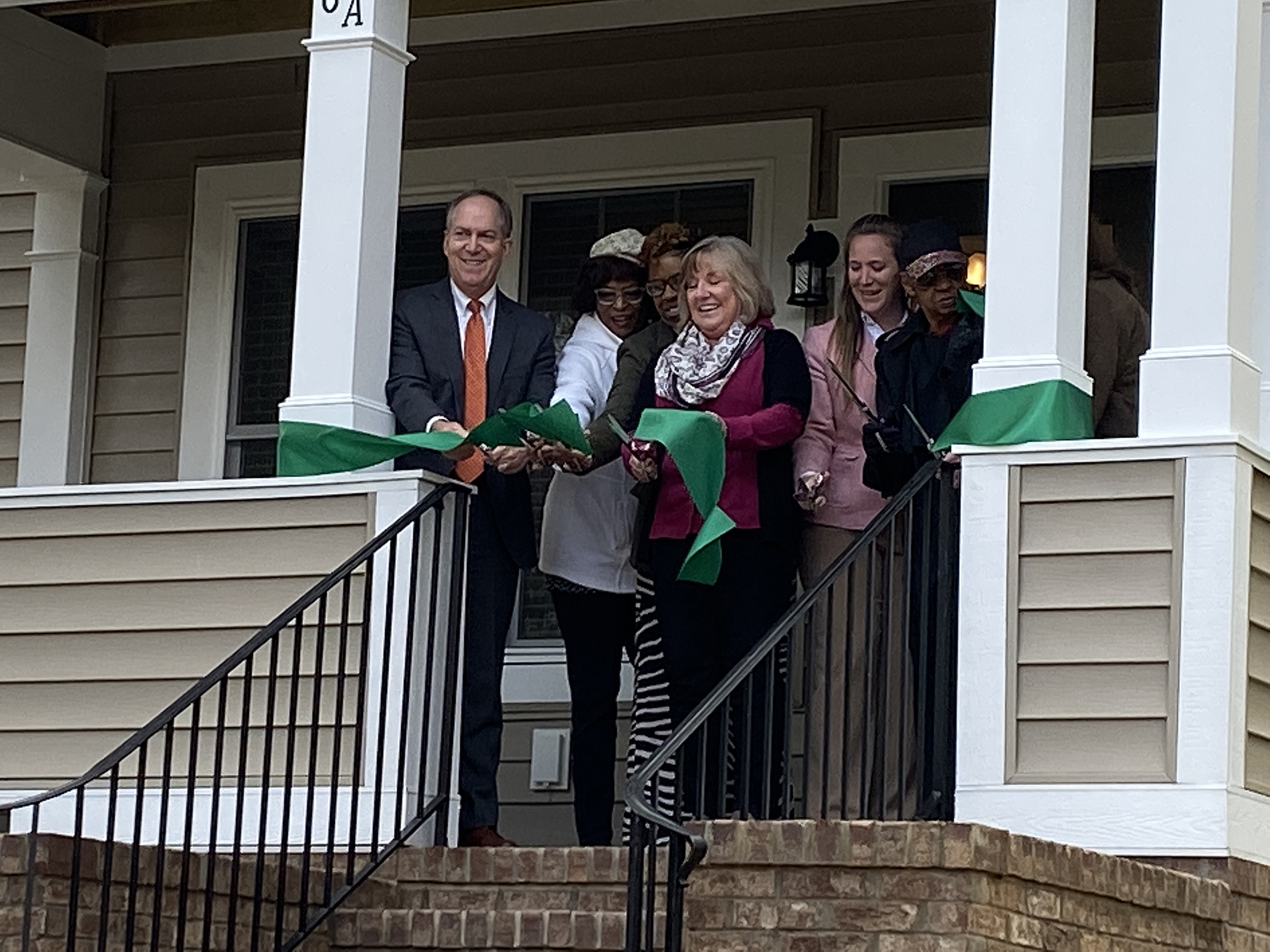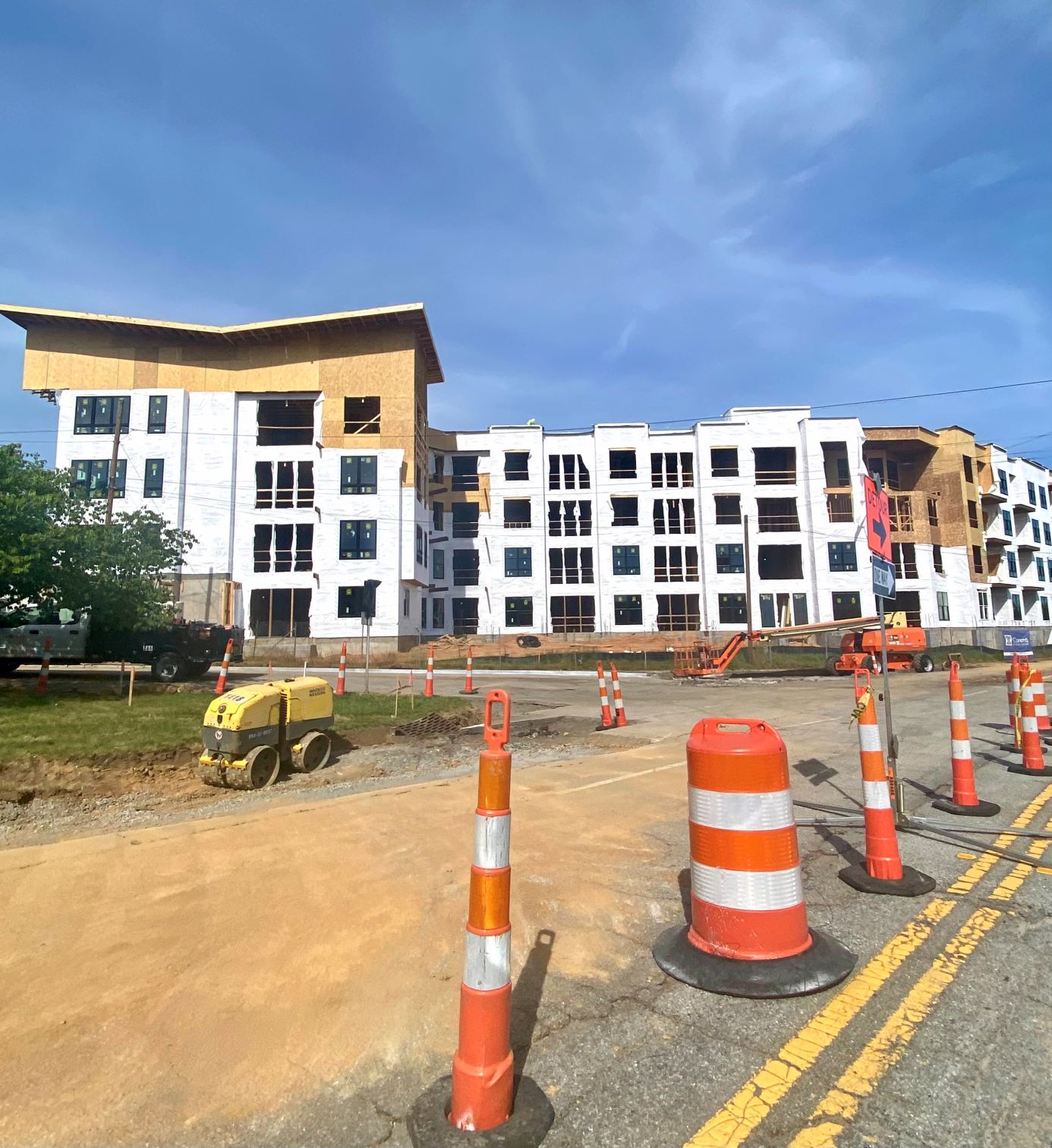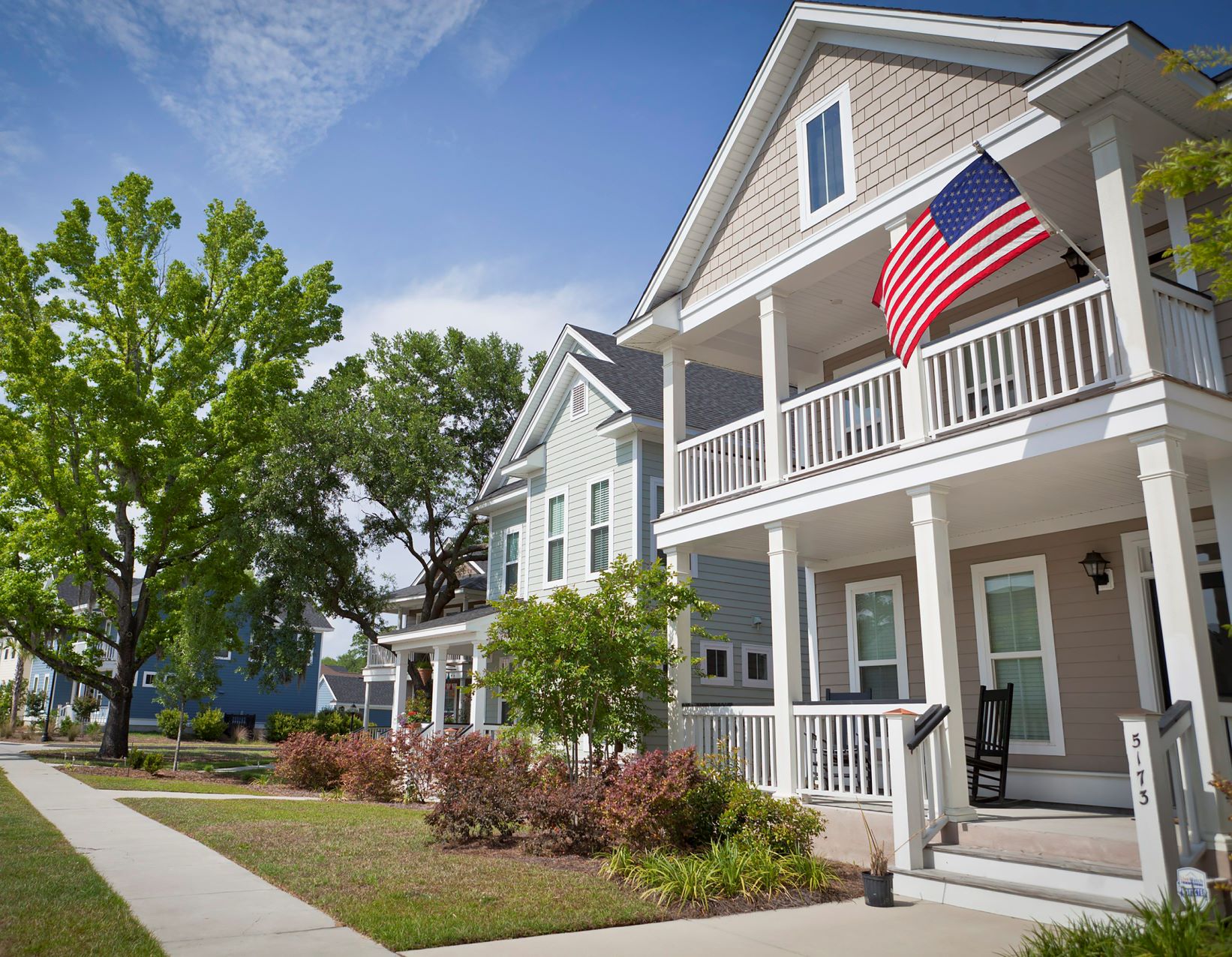An economic boom has brought an influx of jobs and people to the Palmetto State, and it has also intensified the ongoing need for affordable, attainable and workforce housing. Many cities, including Greenville, Spartanburg and North Charleston, are working to find housing solutions amid the surge.
Greenville
The fast-growing City of Greenville maintains its commitment to affordable housing, as evidenced by the sheer number of projects underway. One such development leading the charge is located around Unity Park along the Reedy River just west of downtown, the $66-million, 60-acre park that recently opened its first phase.
In subsequent stages of development, $8 million worth of land, nearly six acres, donated by the City of Greenville to the Greenville Housing Fund, will be allocated for affordable housing projects. The effort will involve 19 parcels of land developed over time, and about half have been transferred over to the Greenville Housing Fund for development, said Rebecca Edwards, Community Development Manager for the City of Greenville.

The City of Greenville, Greenville Housing Fund, private developers and other
community partners have all worked toward bringing affordable housing in
several areas of the city. Photo: City of Greenville.
Two low-income tax credit developments for senior housing are also in the works, one of which will offer 148 units. In addition to the projects under the Greenville Housing Fund, private developers are working on affordable housing projects around Unity Park as well.
Another neighborhood seeing rapid growth in affordable housing developments is Nicholtown. With its access to a large Swamp Rabbit Trail extension and its proximity to Cleveland Park and the Greenville Zoo, developers are paying close attention. Genesis Homes, Habitat for Humanity and the Greenville Housing Authority, among other community partners, are involved in various projects throughout the neighborhood.
One such example is the Alliance, a project using low-income housing tax credits which will include more than 100 affordable housing units and mixed-used commercial space. Private developer NEG and the Greenville Housing Fund are behind this project currently under construction at the corner of Ackley and Laurens roads, a short distance east of the downtown. Edwards said that it will provide an anchor to that corridor for the neighborhood.
Infill development has continued in the Greenline-Spartanburg neighborhood, with private developer Genesis Homes leading the charge. The Mt. Eustis Corners project, for example, includes 25 rental and for-sale homes. With city-provided funding, homes were sold at a much lower rate than in other areas of Greenville, with price points beginning in the low $100,000s. Edwards added that most of the homes still belong to their original owners.
Spartanburg
In nearby Spartanburg, attainable and workforce housing projects are underway, especially in the downtown area where several are in the works. One such project in the downtown that will offer 10% workforce housing units is The Fitzgerald, which is nearing completion. In addition, a second downtown project with 13 workforce housing units out of 55 is slated to open soon, said Christopher George, Communications and Marketing Manager for the City of Spartanburg.
Beyond these developments, another entirely workforce housing project is still in the early stages of the process. That project has yet to be named, as city council recently agreed to transfer the property to the developer, George said.

The Fitzgerald, a new development in downtown Spartanburg, has 10% of its
units designated for workforce housing. Photo: City of Spartanburg.
Land is set aside at the corner of Kennedy and South Converse streets, across from the Spartanburg Community College, that will eventually be transformed into entirely workforce housing. The proposed five-story property will include 55 affordable housing units and will be the first of its kind for the downtown area. According to George, the yet-to-be-named project is awaiting word on its low-income housing tax credit application to be determined later this year.
Outside of downtown lies the Northside neighborhood that has seen several affordable housing projects in the works, most recently with the opening of Northside Station, a 93-unit project that received a low-income housing tax credit. “[The LIHTC] is one of the main tools that we have,” said George.
Economic development has been huge in recent years, and the need for affordable housing is now, George emphasized. Spartanburg is expected to soon see its largest private investment ever — a massive $75 million project to repurpose and expand on downtown buildings to add more retail and apartment space.
“It’s really a boom time,” said George. “I’m from Spartanburg, so these are really unfamiliar words for me.”
North Charleston
Another city leading by example is North Charleston, where city employees who are first-time homebuyers and move into North Charleston can receive a $5,000 forgivable loan that can be applied to closing costs. Any new hire qualifies for the loan after a six-month probationary period. For each year worked, $1,000 would be forgiven from the loan — a way of alleviating the financial burden of closing costs and the first down payment.
“It’s been very popular,” said Ryan Johnson, who heads the Public Relations and Economic Development department for the city.

North Charleston’s Oak Terrace Preserve development has focused on preserving natural
beauty and sustainable building, and has become the home of an inclusive playground
built by the city. Photo: City of North Charleston.
Additionally, North Charleston is changing zoning ordinances to encourage higher density, especially along rapid transit routes like those on Rivers Avenue.
“For the entire length of our city, we want to encourage higher density in our transit corridors,” said Johnson.
In order to do so, Johnson said the city is working with every parcel that touches either Rivers Avenue or the Rivers Avenue overlay to encourage higher density, lower parking requirements and to create a more pedestrian-friendly atmosphere. Through these efforts and others, the City of North Charleston hopes to encourage more affordable housing development.
The establishment of the tax-increment financing district, or TIF district, was yet another initiative used by the city to establish more affordable housing development. Johnson said that a smaller TIF district of about 200 units was created to fund the public infrastructure, adding that the new townhomes will sell for less than $200,000.
Regarding the first-time homebuyer program for city employees, Johnson agreed that there are many good reasons why folks are coming to work for North Charleston, and the program is an added incentive.
As the economic growth continues to fuel the need for affordable, attainable, and workforce housing, cities across the state are looking for creative initiatives to fund those projects, making the dream of owning a home a reality for more South Carolinians.
